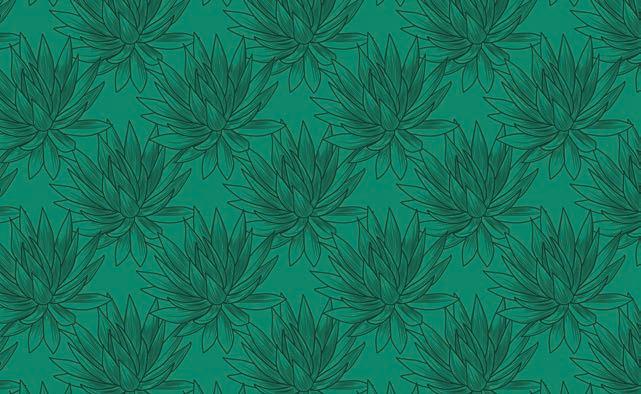
4 minute read
Mezcal and Tequila — Beverages
MEZCAL AND TEQUILA

BY GAETANO MARANGELLI
You’ve been drinking mezcal for as long as you’ve been drinking tequila. You just don’t know it yet.
Tequila is to mezcal what Scotch is to whisky — or whiskey. Tequila is simply a kind of mezcal. Just as whiskies and whiskeys are defined by the fruits and customs of their native earth, mezcals are defined by theirs.
A mezcal is any spirit made from agave, a genus of succulent plant with species native to the arid and semi-arid regions of the Americas, particularly Mexico. The majority of mezcal is made in the Oaxaca region of Mexico from the species of agave called Espadin. Tequila—a variety of mezcal—is made in the Tequila region of the Mexican state of Jalisco from the Weber Blue agave species.
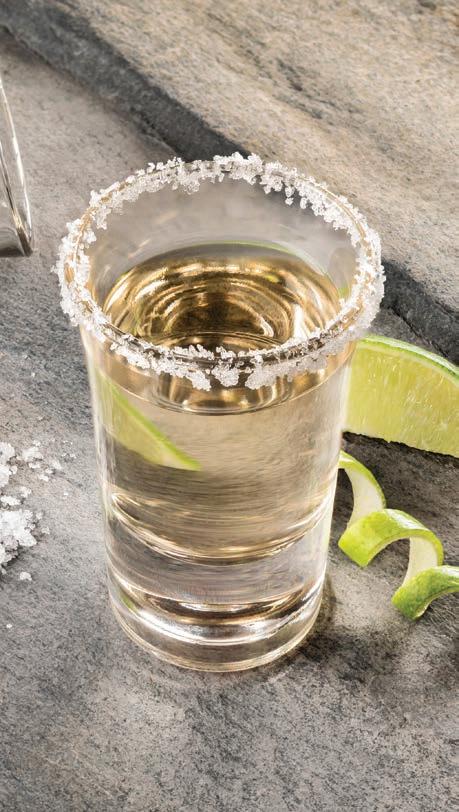
If you want to make mezcal, the agave plant asks a lot of you. First, the agave asks you to cultivate it for ten years before harvesting it. Then agave asks you to liberate its heart—the piña—by removing its rosettes of long, leathery leaves with bear spines along its edges and its tips. If you’re making mezcal as an artisan, you’re roasting piñas in pits of earth with lava rocks for several days. (If you’re making tequila in Jalisco with Blue Weber agave, you’re roasting or steaming its piñas in ovens.)
Then you’re crushing and mashing the piñas and fermenting, distilling, and aging its liquor. Many mezcal producers have adopted more expeditious—which is to say, mechanical—means of making their spirit. But those dishonest means deprive their spirits of mezcal’s signature smoky quality.
Do you like your spirits straight up? Then drink your mezcal like a Oaxacan, with a slice of orange and a pinch of chili salt. Do you like your spirits in a cocktail? Then any honest mezcal, like any honest tequila, can play a starring role in many kinds of drinks. If you find your cupboard without mezcal and tequila, refer to the terminology guides to shop for a bottle or two. And if you’ve got a bottle or two in the house, Brandon Reyes, General Manager of Bittercube, offers you two cocktails to try tonight.
Photo by mofles/Getty Images.
MEZCAL TERMINOLOGY
Joven: Aged up to two months. Reposado: Aged between two months and one year. Añejo: Aged one to three years. Extra Añejo: Aged more than three years. Mixto: Mezcal made with at least 80% agave but mixed with sugars or other spirits.
TEQUILA TERMINOLOGY
Blanco, Silver, or Plata: Unaged tequila. Joven or Gold: Unaged tequila blended with Añejo tequila or gold coloring. Reposado: Aged in wood barrels for up to one year. Añejo: Aged in wood barrels for one to three years. Extra Añejo: Aged in wood barrels for at least three years. Mixto: Tequila made with at least 52% agave, but mixed with sugars or other spirits.
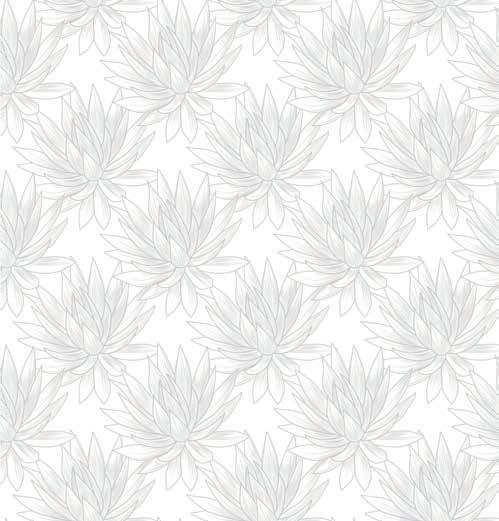
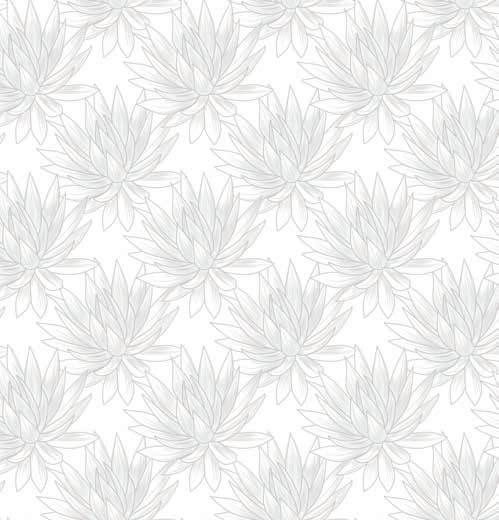
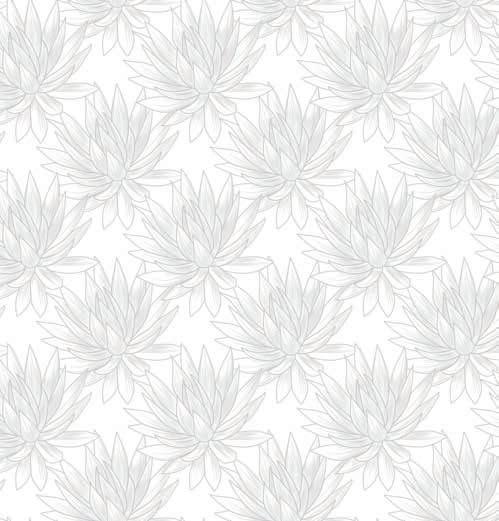
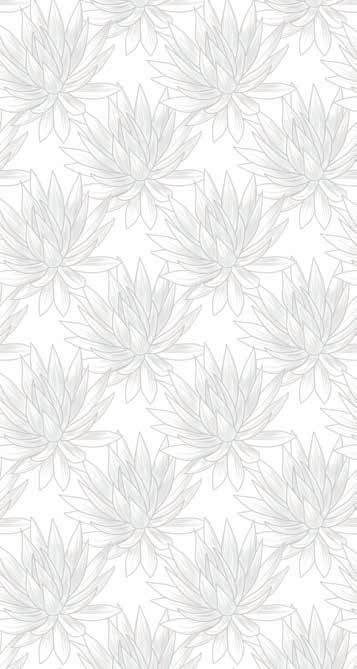
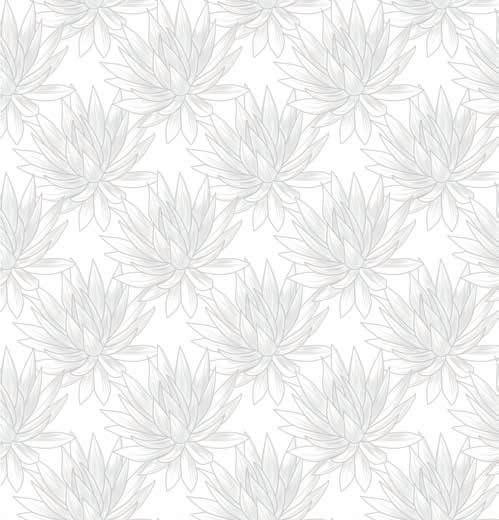
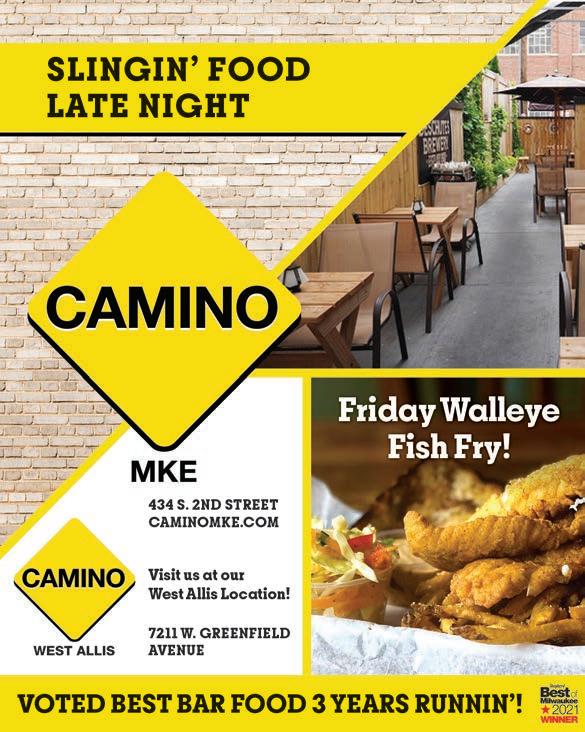
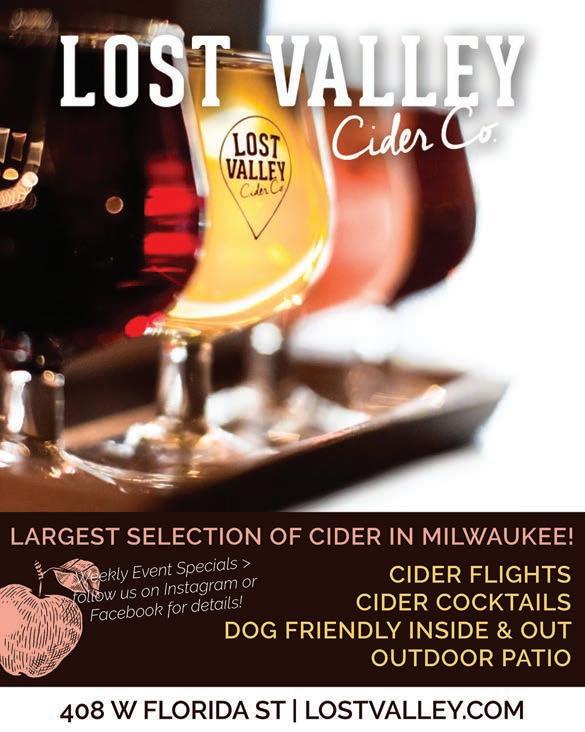
MEZCAL AND TEQUILA COCKTAILS
Courtesy of Brandon Reyes, General Manager of Bittercube
MEZCAL PALOMA
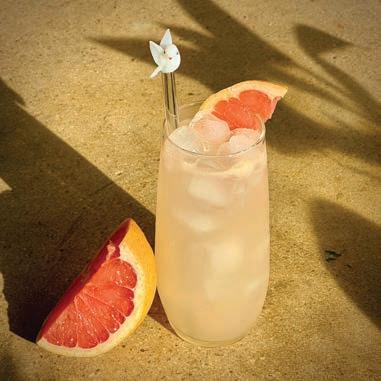
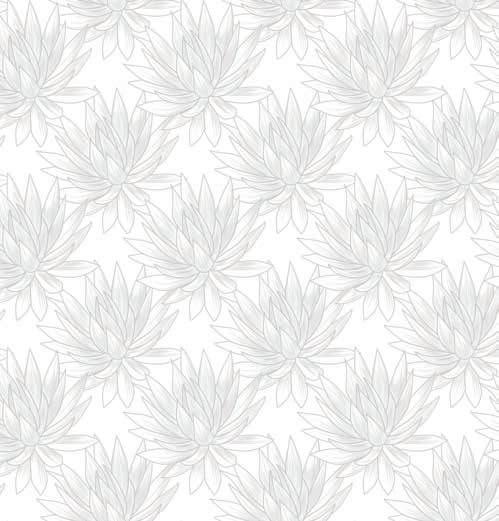
Ingredients:
• 3⁄4 oz Fresh lime juice • 11⁄2 oz Fresh grapefruit juice • 3⁄4 oz Simple syrup • 11⁄2 Mezcal Joven • 20 Drops Disco Inferno
Liquid Heat • 11⁄2 oz Seltzer • Glass: Collins • Garnish: Slice of fresh grapefruit
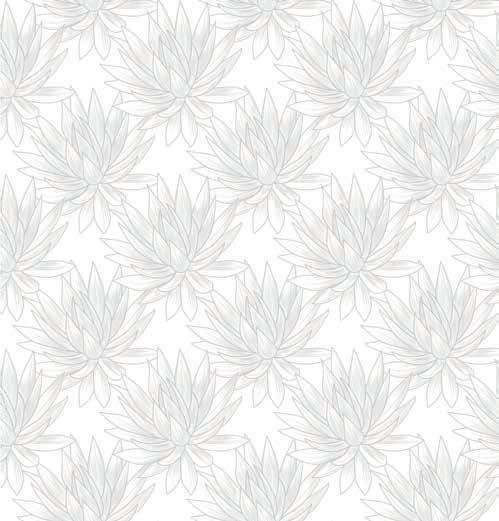
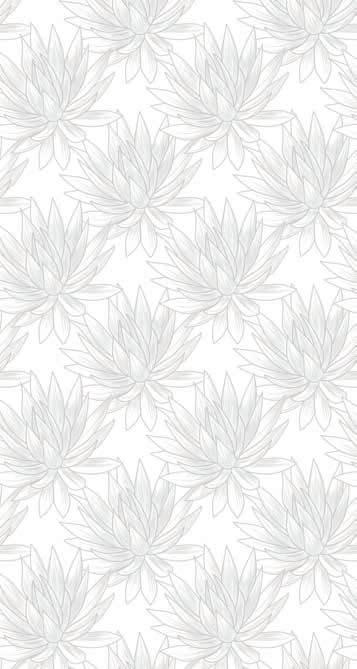
Instructions: Add all of the ingredients except seltzer to the cocktail shaker and then fill with ice. Shake briefly with a fluid, strong motion. Add seltzer to the shaker and strain into Collins glass over fresh ice.
FLORECITA
Ingredients:
• 3⁄4 oz Fresh lemon juice • 11⁄2 oz Demerara syrup • 11⁄2 oz Tequila Reposado • 1⁄2 oz Heirloom
Creme de Flora • 2 Dashes Bittercube
Chipotle Cacao Bitters • Glass: Coupe or other stemmed glass • Garnish: Expressed orange peel
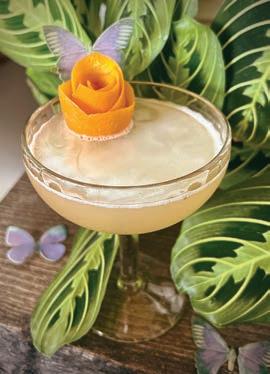
Instructions: Add all of the ingredients to a cocktail shaker and then fill with ice. Shake with a fluid, strong motion and strain into cocktail glass.
Photos by Marisa Krivitz, Social Media & Retail Coordinator, Bittercube.
Gaetano Marangelli is a sommelier and playwright. He was the managing director of a wine import and distribution company in New York and beverage director for restaurants and retailers in New York and Chicago before moving to Wauwatosa.











